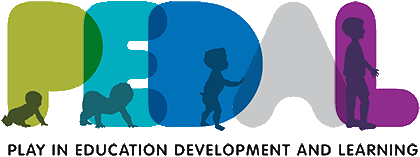Semiotic development involves the development of at least two different kinds of meaning: intersubjective and representational. By attending to these two kinds of meaning we are able to predict one of the major transitions in early childhood: the transition to reference. From a dynamic systems perspective we track essential developments which, when all have reached critical values, prompt the transition to referential word production and/or comprehension in the first half of the second year of life. We present the background of the four variables included in the model: (a) representational play, (b) vocalization ability, (c) gesture, and (d) developments in autonomic vocalization culminating in communicative grunts. We further demonstrate their efficacy in predicting the transition in a longitudinal sample of 10 children. Additional study is needed to confirm the role of these developments and to extend the approach to languages other than English and more advanced levels of semiotic development.
